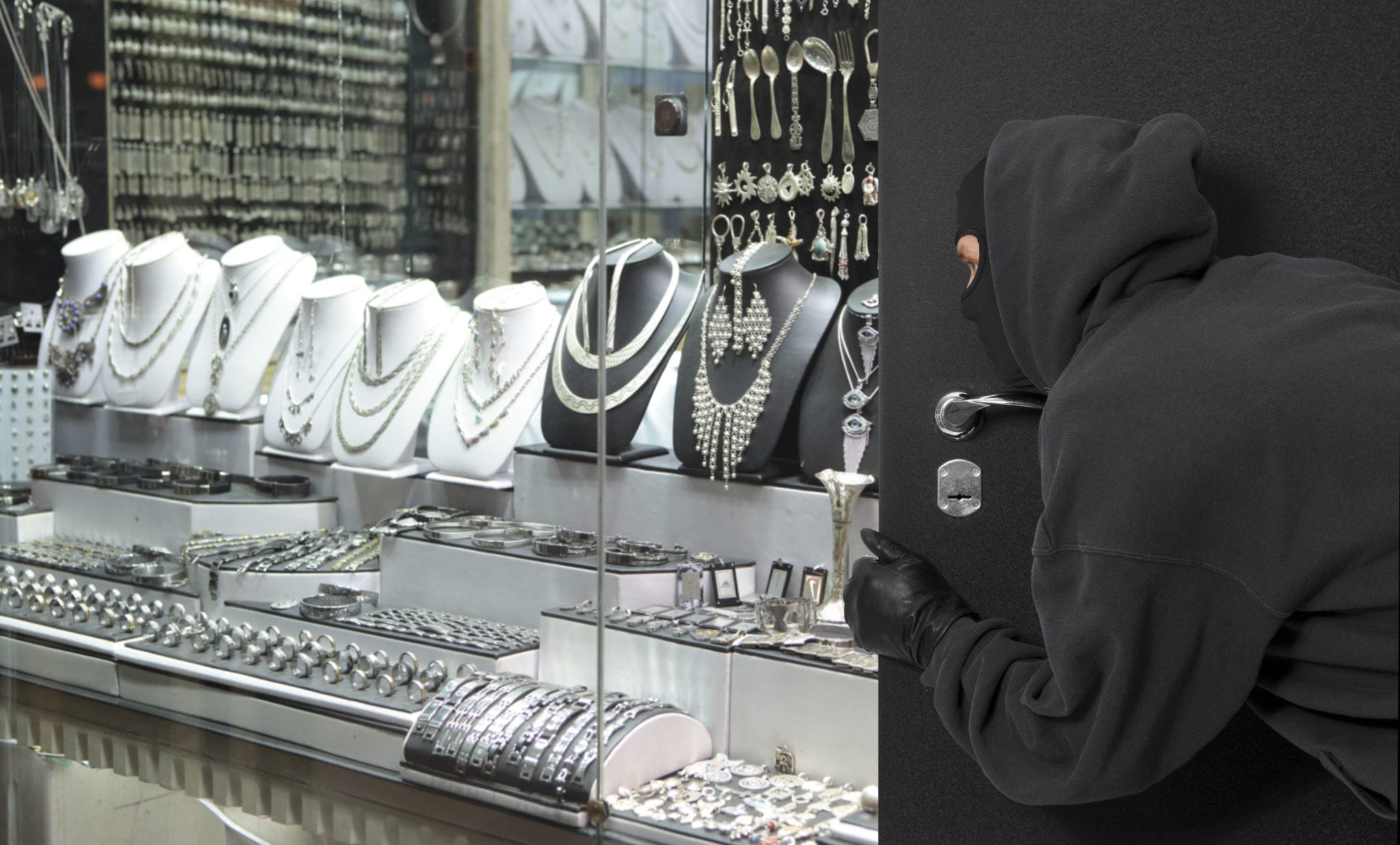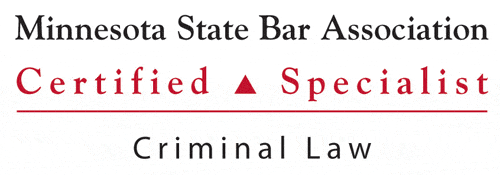
In times of devastation and disaster, many people resort to desperation and find themselves in a precarious situation.
Category 4 Hurricane Harvey ripped through Southeast Texas and part of Louisiana dumping 27 trillion gallons of water. At least 35 people were killed, and numerous others evacuated and were unable to get back to their homes. Or they stayed put, stranded amongst rising floodwater.
In Houston, supplies were in short demand. People had already cleared grocery store shelves of water, food staples, and essentials, so what are people supposed to do in order to survive this emergency situation?
Some turned to looting.
Post-Hurricane Looting in Texas Leads to Rash of Arrests
In the aftermath of Harvey, 40 people were arrested in Houston and the surrounding area for looting, with more reports of looting extending even further.
Looters broke into a Walgreens and a Fiesta grocery store – among other locations – and stole cigarettes, liquor, cellphones, and cash from registers.
Some argue that these so-called looters weren’t necessarily doing anything wrong per se because they weren’t running out of stores with large televisions, over-the-counter drugs, or expensive perfumes in their hands. They appeared to be taking things “out of necessity as opposed to opportunity.”
Regardless of the reasons why people were stealing, however, theft is still a crime even if you don’t think you have any other choice.
If a similar situation were to happen here in Minnesota with a natural disaster like Harvey, or with racially-charged protests and riots like what happened in Ferguson, Missouri, and you were caught looting, you could be charged with a lot more than theft depending on the circumstances of the alleged crime.
It could be burglary.
Understanding the Relationship between Looting and Burglary
Looting is the act of stealing goods from a place typically during a war, riot, or disaster.
Generally, burglary is defined as entering a building without permission and intending to commit a crime. Since theft is a crime, if you break into a place and steal something, you are committing burglary.
So burglary and looting are pretty much the same thing.
Our state breaks down burglary into four different degrees:
- You can be charged with burglary in the fourth degree if you break into a building without consent and with the intent to commit a misdemeanor other than to steal or you commit a misdemeanor other than to steal. This crime is punishable by up to one year in prison and up to $3,000 in fines.

- You can be charged with burglary in the third degree if you enter a building without consent and with intent to steal or commit any felony or gross misdemeanor or you steal or commit a felony or gross misdemeanor. This crime is punishable by up to five years in prison and up to $10,000 in fines.
- You can be charged with burglary in the second degree if you enter a building without consent and intend to commit a crime or commit a crime if the building is a dwelling; the portion of the building has a banking business or pharmacy; or the building is a government building, school, or place of worship. This crime is punishable by up to 10 years in prison and up to $20,000 in fines.
- You can be charged with burglary in the first degree if you enter a building without consent and intend to commit a crime or commit a crime if the building is a dwelling and that dwelling is occupied; if the burglar possesses a dangerous weapon or explosive; or the burglar assaults someone. This crime is punishable by up to 20 years in prison and up to $35,000 in fines.
Do Not Take Charges Related to Looting Lying Down
As you can see, Minnesota takes burglary and, by definition, looting very seriously. If you were caught looting, reach out to an experienced Minnesota burglary attorney to fight for your rights and give yourself the best chance at beating your charges.
About the Author:
Christopher Keyser is a Minneapolis-based criminal and DWI defense attorney known for fighting aggressively for his clients and utilizing innovative tactics to get the most positive results. He has been featured in numerous media outlets due to the breadth and depth of his knowledge, and recognized as a Minnesota Super Lawyers Rising Star (2014–2015), a Top 100 Trial Lawyer (2013–2015), and a Top 40 Under 40 Attorney (2013–2015).





